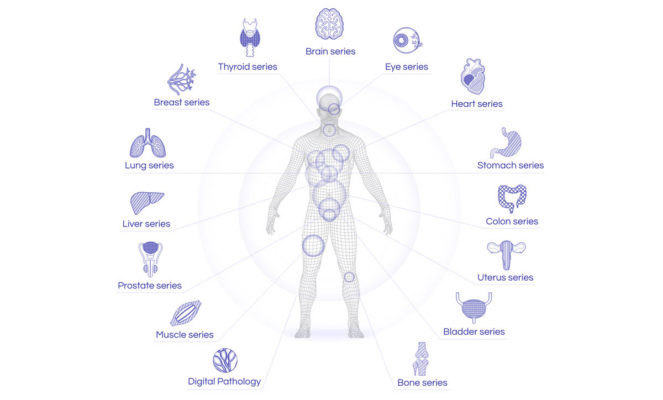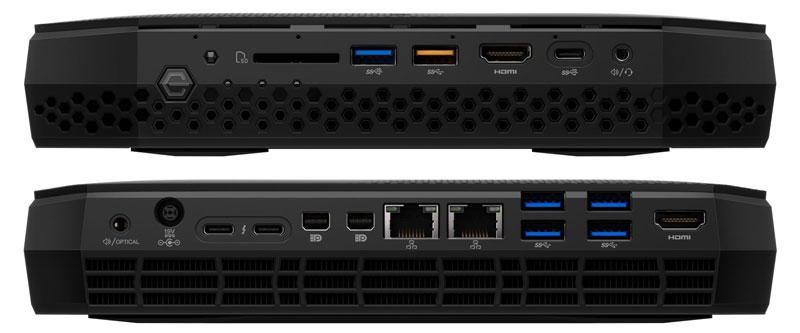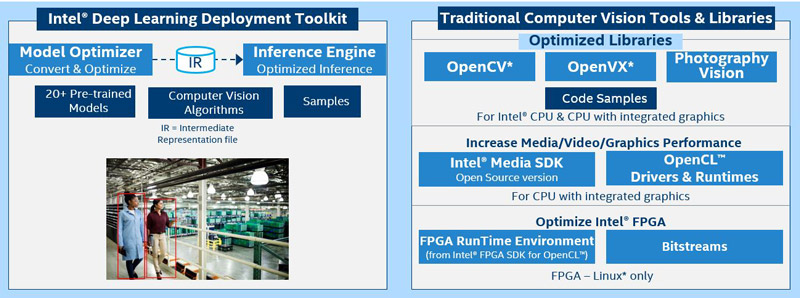AI Accelerates Medical Imaging Accuracy

Alteplase is an aggressive blood thinner used to dissolve clots in the brains of stroke victims. While it can significantly minimize the long-term effects of stroke, Alteplase also creates the risk of internal bleeding. Plus, the drug can’t be administered later than three hours after the first signs of stroke.
The only way for physicians to determine whether Alteplase can be administered is through computerized tomography (CT) scans or another form of diagnostic imaging. Medical imaging technologies have advanced substantially in recent years. But the process of identifying harmful biological structures within these images is still a complex and time-consuming process—even for highly trained specialists.
In response, many healthcare organizations are now applying AI to medical image analysis. By leveraging AI models trained against data from hundreds of thousands of patients, doctors can drastically improve the speed and accuracy of diagnosis.
One such solution is the AIHub platform from JLK Inspection.
Moving Medical Imaging to the Edge
AIHub is a suite of AI-enabled software modules that target 37 different medical conditions from 14 regions of the body (Figure 1). Based on data from patients at university hospitals across Korea, the modules run inferencing algorithms against images captured by MRI, CT, X-ray machines, ultrasound, and other medical imaging equipment with greater than 99.5 percent accuracy.

But what sets the platform apart from other AI-enabled imaging solutions is its ability to be deployed in the cloud, run on local servers, or even execute all the way at the medical edge. And medical edge, in this case, means on devices as compact as physician workstations or Intel® NUC Mini PCs that connect directly to imaging equipment (Figure 2).

Running on these low-cost NUCs, AIHub modules like its Atroscan brain aging and dementia analysis algorithms can analyze an image in just 15 minutes. Alternative solutions can take as long as 24 hours.
Physicians and specialists can review AI-analyzed imagery in near real time on PC platforms at or near where the imaging occurs—a game changer for medical imaging analysis.
And all of this can be achieved without replacing or upgrading existing equipment or costly infrastructure retrofits. Once data is analyzed, it is transmitted in a HIPAA-compliant format to hospital picture archiving and communications systems (PACS) over a simple Ethernet connection. Beyond that, data can be stored in HIPAA-compliant cloud environments like AWS or Azure, if necessary.
Atroscan (brain aging and dementia analysis) algorithms can analyze an image in 15 min. Alternative solutions? They can take 24 hours.
Faster Imaging Analysis on Commodity Hardware
AIHub algorithms are processed entirely by CPU cores and do not leverage a GPU. And JLK benchmarks show the average model loading time on the NUC is about 5.61 seconds, while the average cumulative inferencing time required is 0.98 seconds. By comparison, conventional workstations with both a multicore CPU and state-of-the-art GPUs deliver times of 80.17 seconds and 15.16 seconds, respectively.
Again, considering that a new model may need to be loaded and then executed when a new patient requires imaging, this represents more than an order-of-magnitude reduction in total analysis time. But given the perceived disparity in computational performance, how is this possible?
JLK Inspection developed its AIHub modules using the Intel® OpenVINO™ Toolkit, the software development suite that accelerates computer vision and deep learning workloads (Figure 3). OpenVINO includes a model optimizer, inference engine, and enhanced OpenCV and OpenVX libraries that allow AI algorithms to run more quickly and use less memory across a wide range of Intel® compute architectures.

Medical Inferencing for the Masses
With next-generation medical imaging options like AIHub, it’s easy to fall into a default method of thinking that focuses on large hospitals or specialty imaging facilities. But the real-world impact can be felt at lower rungs of the healthcare ecosystem as well.
JLK Inspection has implemented AIHub algorithms capable of identifying diseases like tuberculosis are capable of running on Intel® Core™ processor-based laptops with as little as 8 GB of RAM and a 180 GB SSD. No internet connection or constant power source is required, and such systems can be purchased for as little as $700.
In fact, the optimizations afforded by the technology stack are so significant that JLK recently released HANDMED, an all-in-one chest X-ray camera and AI analysis solution that can analyze lung imagery in less than three seconds at better than 99 percent accuracy.
Now imagine the implications of this technology for first responders in the field, or physicians operating in developing countries or remote locations. With the ability to accurately and efficiently diagnose medical conditions at such low cost, doctors can spend much less time analyzing data and far more time doing what they were trained to do—caring for patients.